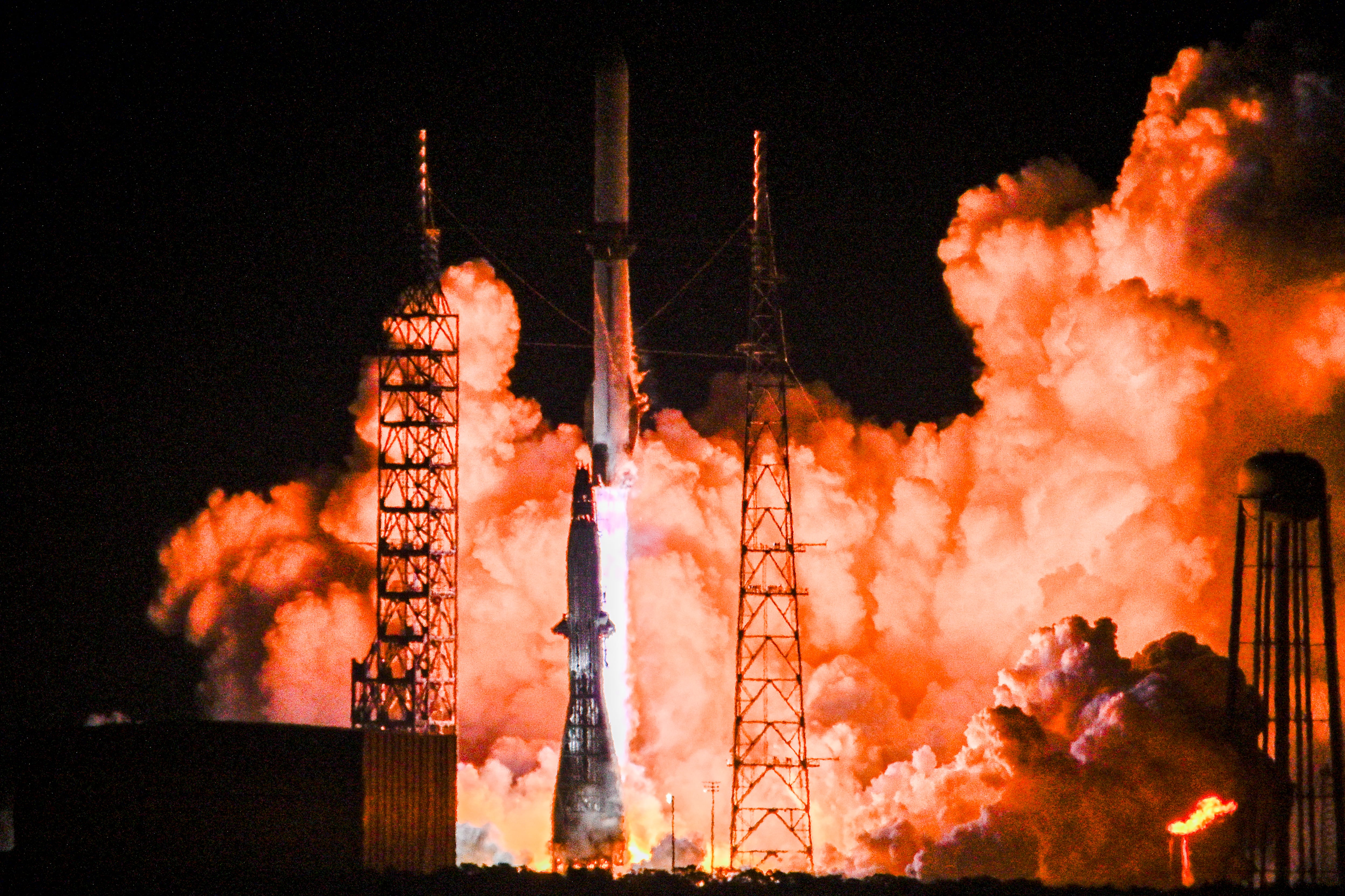As data continues to proliferate, the government and private sector are turning to automated solutions to cope with the information overload.
To further that point, Cubic CEO Brad Feldmann points to his company’s acquisition of MotionDSP, a software company that will help improve full motion video capability.
Providing real time processing, dissemination and exploitation for operators, Feldmann told C4ISRNET at the Satellite 2018 conference March 13, that MotionDSP improves Cubic’s offerings in three specific ways;
- It has algorithms to help enhance video that adjust for lighting or camera shake;
- it can pick out objects and identify one object from another;
- it can create maps by taking 3-D video and tiling them together to show how an area has changed.
“What we’ve done in the last three years or so is we’ve made a bet on helping the government with a very important data product – that being full motion video,” Feldmann said.
Other companies are making a similar bet on full motion video. SRC Inc. has developed capabilities to fuse FMV footage with Google Earth data, as well as electronic warfare input. The resulting picture gives a more complete sense of the operational landscape, making it possible to put FMV into a more meaningful context. Through its Project Maven program, the Defense Department is also looking to reduce the burden on full motion video analysts.
Cubic acquisitions
Cubic has made a series of acquisitions that further this strategy. Feldmann pointed out that the GATR satellite terminals are used to pull down video, the DTECH gear is used to distribute those signals and TeraLogics has the software platform that’s used to connect various users.
“Now with the MotionDSP we can add further enhancement to that full motion video,” he added. “We’ve made a wager, if you will, a bet. I believe there’s an insatiable appetite for full motion video post-9/11.”
Feldman said Cubic will look to bundle the capabilities within MotionDSP for a new package to offer the government on future contracts.
They are currently working to add this capability to their existing Unified Video Dissemination System.
RELATED

“Forces really do want to know what’s around the corner and they really do want to know that in real time. They really do want to know what’s coming up,” he said. “All of these acquisitions allow us to build a mission stream to provide better capability for our customers.”
These technologies help to unburden the analyst and allow them to use their time for actual analysis instead of monitoring a screen.
RELATED

Feldmann said Cubic is trying to do this only by helping the analyst see better by enhancing the video, getting rid of darkness if the camera happened to be moving, “but also helping the operator identify objects that they’re interested in and have the machine do that so that the human being can work harder on making decisions.”
Mark Pomerleau is a reporter for C4ISRNET, covering information warfare and cyberspace.








